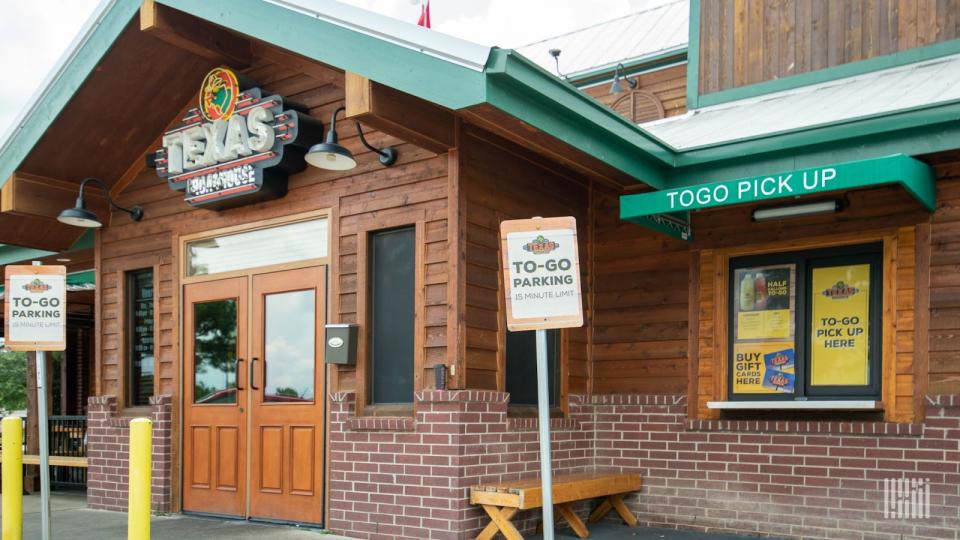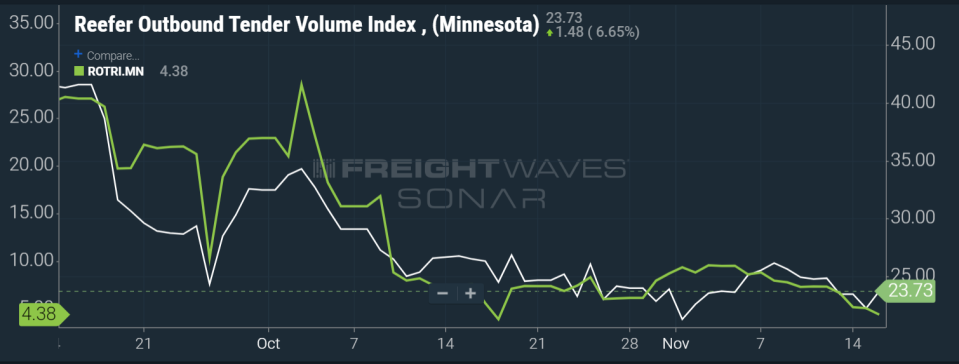Running on Ice: Gobble gobble, it’s turkey time

Hello, and welcome to the first Monday edition of Running on Ice. Just for this week we are moving to Monday instead of Friday because of Thanksgiving. Honestly, who needs another email to read on Black Friday?
We’ve swapped some of the cold chain news for more pressing news surrounding turkey this year. Without further ado, let’s get into it.
All thawed out

Thanksgiving is this week and for those who are celebrating and hosting this year, there is some good news in the form of price. This year Thanksgiving is expected to be cheaper than last year — still higher than 2019 but lower than 2022. That leaves extra room in the budget for beverages, because a 12-pack of soda is now about $7.
According to a Forbes article, Americans can expect to pay about $6.12 per guest. Based on a 10-person dinner, that’s a 4.5% decline from last year. Obviously, the turkey is the most expensive part of the meal, with frozen turkey prices averaging $27.35.
The article continues on to say that “other classic items that will also cost a little less this year include whipping cream (down 22.8%), cranberries (down 18.3%), cubed stuffing (down 2.8%) and frozen peas (down 1.1%). Pumpkin pie mix (up 3.8%), dinner rolls (up 2.9%) and sweet potatoes (up 0.3%), however, will cost consumers a little more than in 2022.”
However much you are planning to spend or consume, it’s all thanks to the cold chain for getting it there.
Temperature checks

Thawing the turkey is a crucial step in Thanksgiving prep — and there’s still time to defrost the frozen bird. The preferred method of defrosting a turkey is to let it sit in the fridge for a few days and then roast it. Thawing in cold water is fine but water changes are crucial, and I don’t have that kind of attention span.
Here’s the breakdown per bird size:
4-12 pounds need one to three days in the fridge or two to six hours in cold water.
12-16 pounds need three to four days in the fridge or six to eight hours in cold water.
16-20 pounds need four to five days in the fridge or eight to 10 hours in cold water.
20-24 pounds need five to six days in the fridge or 10-12 hours in cold water.
For those with 24-pound birds still in the freezer, it looks like cold-water thawing is the best option. That being said, if anyone tries to put a 24-pound turkey in the microwave to thaw, please record the video of trying to fit it in the microwave and share it on social media.
Food and drugs

Not to be outdone by the main event, Texas Roadhouse really said you can’t have Thanksgiving without the best rolls around. Now anytime of the year you can get a box of Texas Roadhouse rolls to go, complete with the honey butter. Around the holidays, though, it sells frozen rolls to customers who want to expedite their holiday prep.
This year is no different. The week leading up to Thanksgiving customers may call or stop by in person to their local Texas Roadhouse to be placed on the frozen roll list. It’s important to note that not all employees are aware of this, so it might be the one time to actually ask to speak to the manager, but do it nicely.
According to a Food Republic article, a dozen rolls cost about $4.99 and a half-dozen costs about $2.49. It makes me a little sad that the frozen rolls aren’t available year-round. The one nice thing is that year-round you can order the fully cooked rolls. The more you know.
Cold chain lanes

This week’s reefer market is the state of Minnesota. Fun fact: Minnesota is the state that produces the most amount of turkeys annually, roughly 40.5 million birds/1.04 billion pounds. Both outbound tender rejections and outbound tender volumes have fallen from the beginning of the month, which is not much of a surprise as turkeys started popping up in the grocery store over the past few weeks. A rejection rate of 4.38% is nearly half the national average of 9.75% for reefer loads. Spot rates in Minnesota are significantly more favorable than those of the rest of the country. It wouldn’t be the best market for carriers to move excess capacity to, but it’s great for shippers looking for savings on their refrigerated freight.
Is SONAR for you? Check it out with a demo!
Wanna chat in the cooler? Shoot me an email with comments, questions or story ideas at moconnell@freightwaves.com.
See you on the internet.
Mary
If this newsletter was forwarded to you, you must be pretty chill. Join the coolest community in freight and subscribe for more at freightwaves.com/subscribe.
The post Running on Ice: Gobble gobble, it’s turkey time appeared first on FreightWaves.


